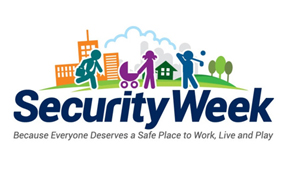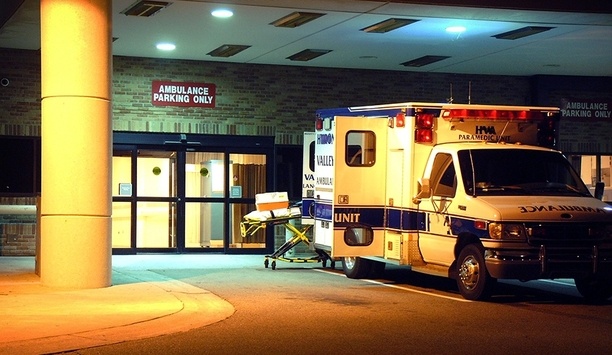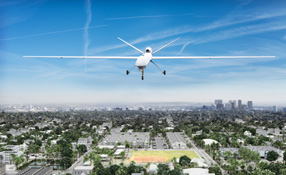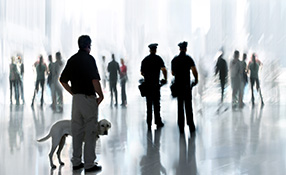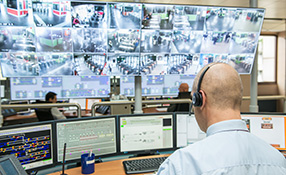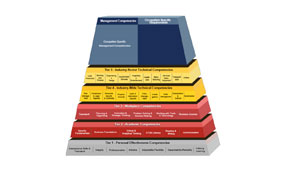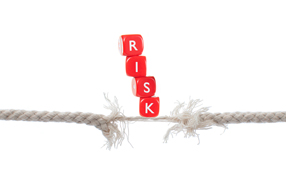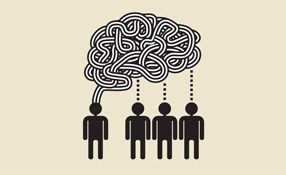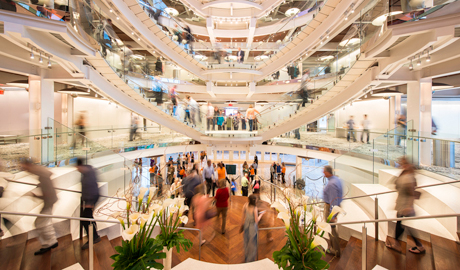 |
| A public facility with too much security or the wrong kind of security can discourage the public from visiting (Photo credit: Steve Williams Photography) |
The lethal November 2015 terrorist attacks against several soft targets in Paris have inspired changes in security at facilities considered soft targets across the United States and around the world.
Today’s security directors well understand that “it can happen here.” To be clear, it probably won’t. But because it can, security directors are moving to harden their soft targets against security breaches, from minor to major.
It’s a challenge. Soft targets are typically soft because they must provide easy public access. A public facility with too much security or the wrong kind of security can discourage the public from visiting.
Tightening Security At Dr. Phillips Center
Consider the Dr. Phillips Center for the Performing Arts in Orlando, Florida. Opened in November of 2014, the center spans two city blocks, rises three floors and offers three theatres.
The Walt Disney Theater, the largest of the three, seats 2,700 people and handles major theatrical and concert productions. The two smaller theaters each seat fewer than 300 people and accommodate private groups such as weddings and corporate events.
Construction will begin this year on a medium-sized, 1,700-seat theater. It will form a wing of the existing building. Another theater will break ground in several years and attach as a second wing on the other side of the building.
"As a cultural and arts center, the facility hadn’t really focused on security. They weren’t even checking bags at entrances" |
The main building was up and running when Chris Savard came on board as security director a year ago. He and Andy Frain Services, a security management firm retained by the Phillips Center, worked together to design and implement a comprehensive security program.
“As a cultural and arts center, the facility hadn’t really focused on security,” Savard says. “They weren’t even checking bags at entrances.”
Savard’s first move was to remedy that and begin checking bags. He was stunned to learn that the bag checkers immediately began to collect large numbers of guns and knives that people were attempting to bring into the theater.
The warm Florida climate leads many residents and vacationers to don loose-fitting shirts that aren’t tucked in. So Savard is also thinking about “wanding” visitors randomly (using a metal detector) as a supplementary weapons inspection.
“While the building wasn’t designed with security in mind, some of the design features are useful,” Savard says. “For instance, there are tunnels that cross under the building. The purpose of the tunnels is to facilitate moving equipment and set pieces. But it also creates an escape path for people in the building and an entrance for emergency responders.”
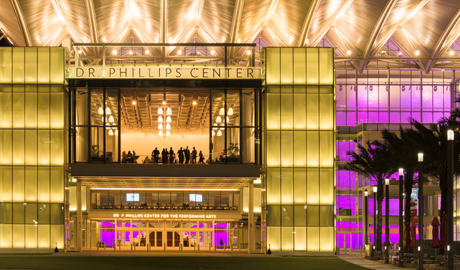 |
| Any basic training for staff and employees teaches that the first step is to run. If you can’t run, hide. If you can’t hide, fight (Photo credit: Steve Williams Photography) |
Guarding With Security Systems And Staff Training
Savard instituted video surveillance, placing about 60 fixed and pan-tilt-zoom cameras throughout every level of the facility and outside the front entrance. The “back of the house,” where cast members are often in various stages of dressing and undressing, has no cameras.
Plans include the installation of a guard tour system with more than 30 touch points for security officers to tap with a wand as they patrol.
Another of Savard’s main concerns was to develop procedures to protect against today’s security bane of workplace violence. Steps included training security staff and employees to react to various kinds of workplace violence including active shooters. The basic training teaches that the first step is to run. If you can’t run, hide. If you can’t hide, fight.
Another element of the training program covers situational awareness. Employees learn techniques of behavior pattern recognition to enable them to identify and approach individuals exhibiting behavior patterns that may indicate security threats. Self-defense training is part of this as well.
Security, Without Compromising Comfort
Finally, Savard asked the Department of Homeland Security (DHS) to conduct a security assessment and make recommendations. During the assessment, DHS developed a 3D virtual analysis of the center that calls out access points and pathways through the building. First responder teams dealing with emergencies can access the analysis and plan the safest, most effective response.
In the end, Savard’s program touches all the bases without becoming oppressive. The program provides a tutorial on securing soft targets without harming the appeal of public facilities.

